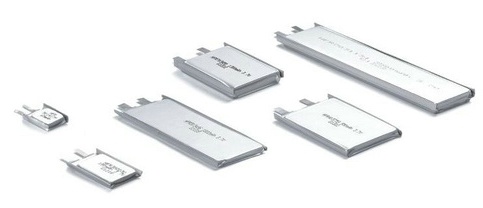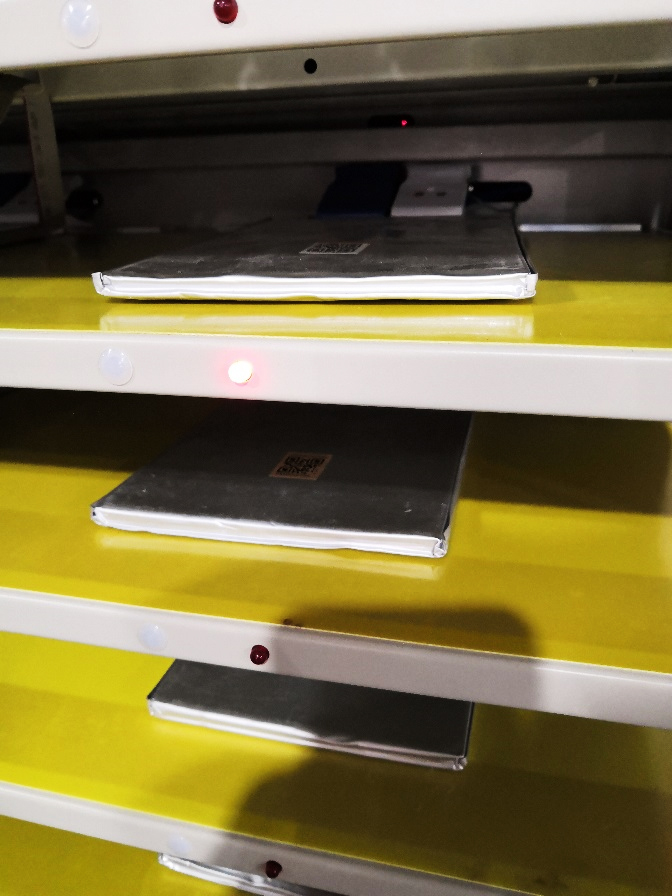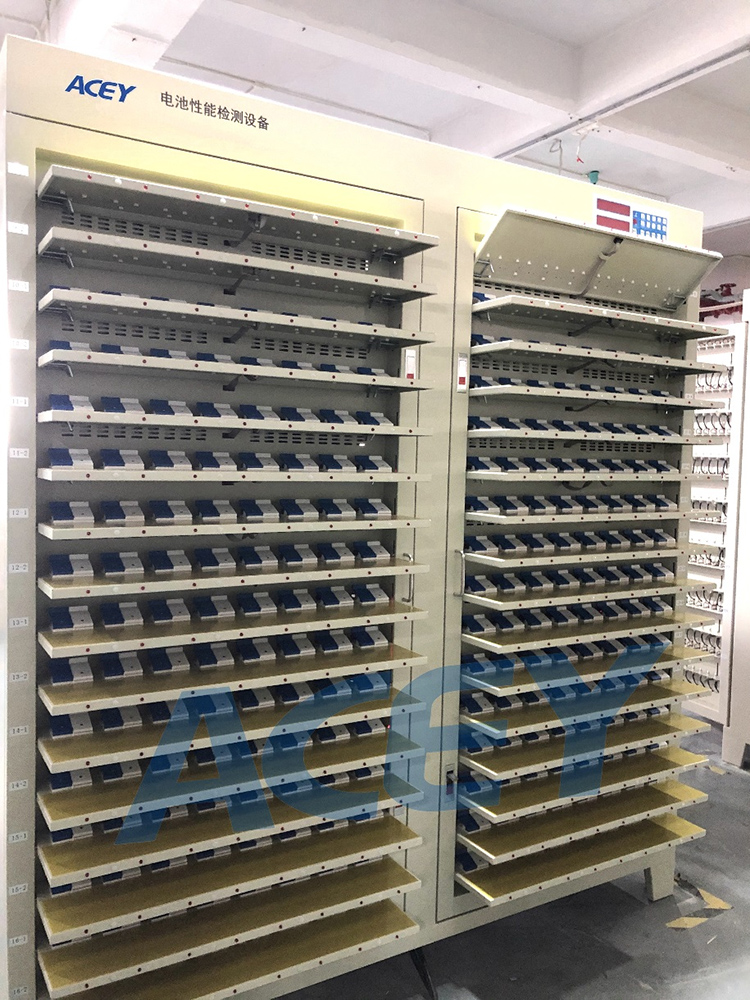Discharge C Rate and Correct Charging and Discharging Method of Polymer Lithium Battery
Sep 07, 2022Discharge C Rate and Correct Charging and Discharging Method of Polymer Lithium Battery


Acey new energy can provide professional battery cell testing machine. Welcome to contact us for more products.
